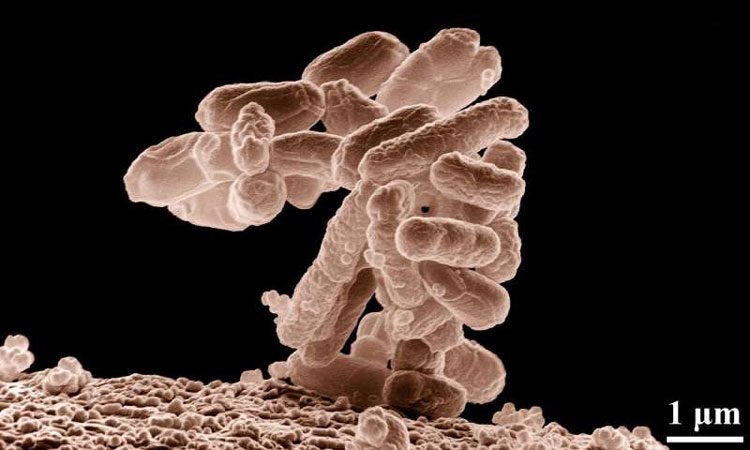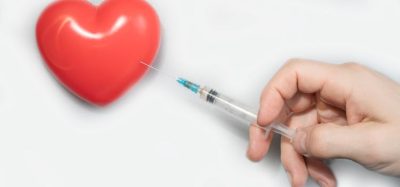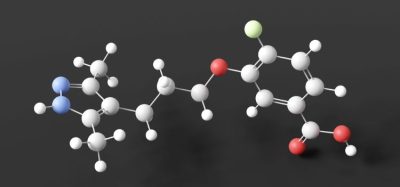New system delivers drug straight into tumours with fewer side effects
Posted: 18 July 2019 | European Pharmaceutical Review | No comments yet
A new drug delivery system disguises chemo-therapeutics as fat in order to destroy tumours.


(Credit: CC0 Public Domain).
A stealthy new drug-delivery system disguises chemo-therapeutics as fat in order to outsmart, penetrate and destroy tumours. Recognising the drugs as fats, the tumours invite the drug inside and once there, the targeted drug activates, immediately suppressing tumour growth.
The drug also is lower in toxicity than current chemotherapy drugs, leading to fewer side effects.
To develop the targeting system, Nathan Gianneschi from Northwestern University (who led the research) and his team engineered a long-chain fatty acid with two binding sites – able to attach to drugs – on each end. The fatty acid and its drugs are then hidden inside human serum albumin (HSA).
The body’s cellular receptors recognise the fats and proteins supplied by the HSA and allow them inside. Cancer cells consume the nutrients and when the cancer cells metabolise the hidden drug, they die.
“It’s like the fatty acid has a hand on both ends: one can grab onto the drug and one can grab onto proteins,” Gianneschi said.
In the study, the researchers used the drug delivery system to carry a common, FDA-approved chemotherapy drug, paclitaxel, into tumours in a small animal model. Disguised as fat, the drug entered and completely eliminated the tumours in three types of cancer: bone, pancreatic and colon.
The researchers also found they could deliver 20 times the dose of paclitaxel with their system, compared to two other paclitaxel-based drugs. But even at such a high quantity, the drug in Gianneschi’s system was still 17 times safer.
“Commonly used small-molecule drugs get into tumours – and other cells,” Gianneschi said. “They are toxic to tumors but also to humans. Hence, in general, these drugs have horrible side effects.
Our goal is to increase the amount that gets into a tumour versus into other cells and tissues. That allows us to dose at much higher quantities without side effects, which kills the tumours faster.”
The study was published in the Journal of the American Chemical Society (JACS).
Related topics
Anti-Cancer Therapeutics, Drug Delivery Systems, Drug Development, Research & Development (R&D)









